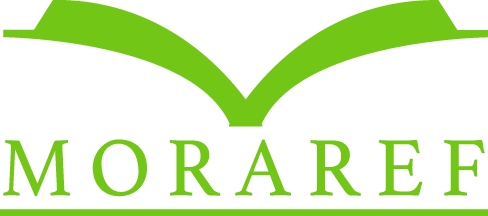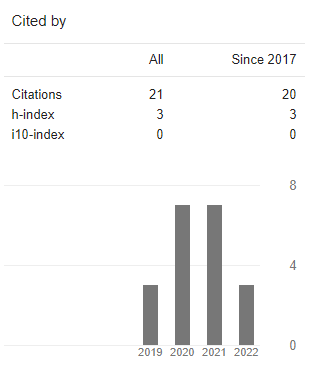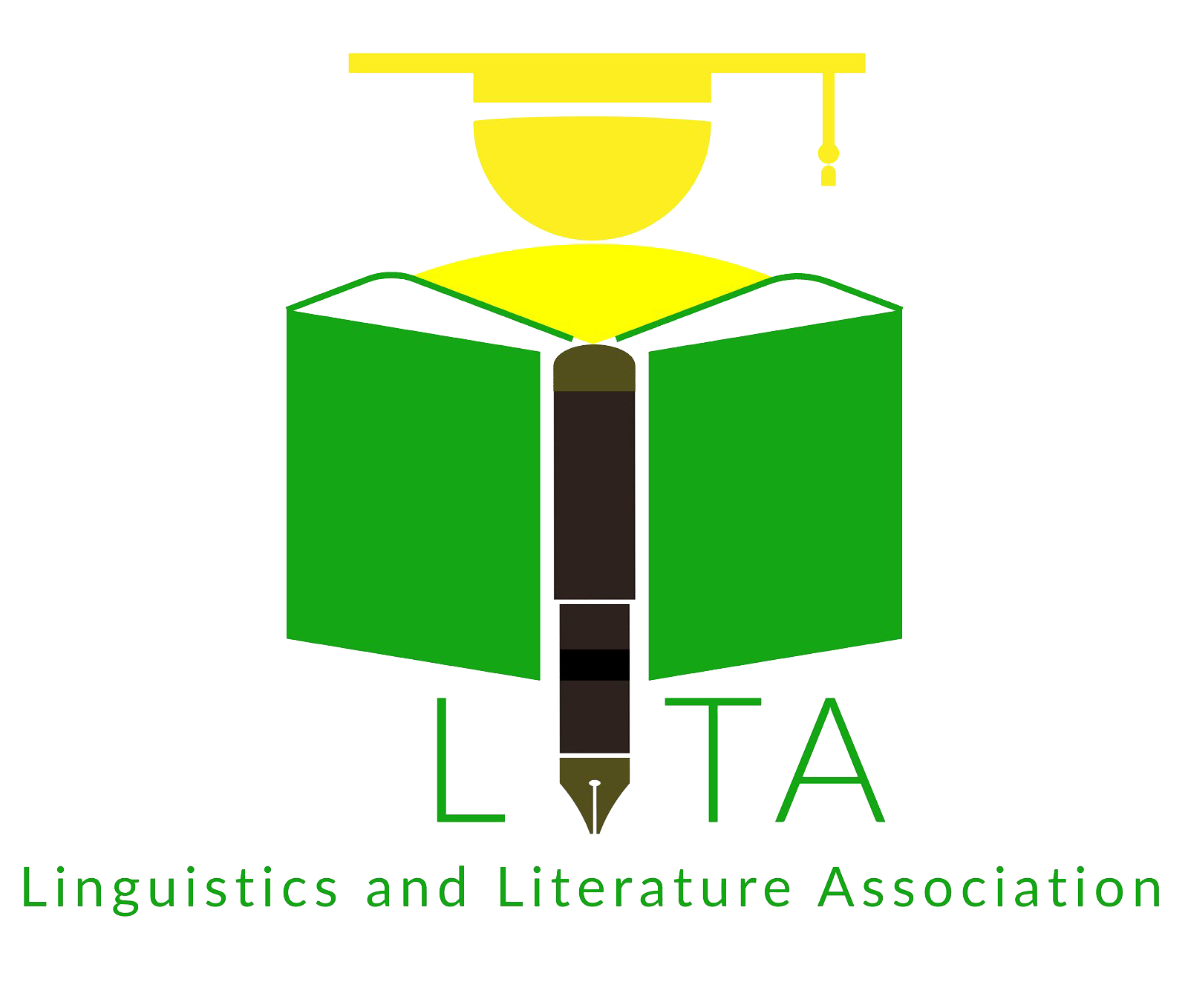Positive-Self and Negative-Other Representation in the Online News Behind Indonesia’s Anti-Chinese Riots and Indonesia Turns Its Chinese into Scapegoats
DOI:
https://doi.org/10.21776/ub.alphabet.2018.01.01.07Keywords:
positive-self and negative-other representation, behind indonesia’s anti-chinese riots, indonesia turns its chinese into scapegoats, lexical choices, critical discourse analysisAbstract
Anti-Chinese riots (1998) was reported in Behind Indonesia’s Anti-Chinese Riot and Indonesia Turns Its Chinese into Scapegoats. This study aims to reveal the ways how lexical choices in articles constructed positive-self [henceforth (+)] and negative-other [henceforth (-)] representation. Van Dijk’s Critical Dis-course Analysis was used specifically on the lexical choice to analyze discourse. The socialism and liberal-ism theories were examined to analyze cognition and the history of Chinese Indonesians in Indonesia was explored to analyze society. Finding shows the article uses biased lexical choices. The articles represent Chinese Indonesian as a victim; Indonesian Government, Police, Military, Press, Moslem as a provocateur; and Native Indonesians as a prosecutor. Also, the articles present social and liberal ideology. Hence, the readers must be aware of the representation since it can shape their belief.References
Anney, V.N. (2014). Ensuring the quality of the findings of qualitative research: Looking at trustworthiness criteria. Journal of Emerging Trends in Educational Research and Policy Studies (JETERAPS), 5(2), 272-281.
Cresswell, J.W. (2009). Research design: Qualitative, quantitative and mixed methods approaches (3rd ed.). London: SAGE Publications.
Davis, M. J., & French, T. N. (2008). Blaming victims and survivors: An analysis of postKatrina print news coverage. Southern Communication Journal, 73(3), 243-257.
Fowler, R. (1991). Language in the news: Discourse and ideology in the press. New York: Routledge.
Heywood, A. (2003). Political Ideologies: An Introduction (Third Edition). London: Palgrave MacMillan.
Kasenda, P. (2015). Hari-hari Terakhir Orde Baru: Menelusuri Akar Kekerasan Mei 1998. Jakarta: Komunitas Bambu.
KhosraviNik, M. (2009). The Representation of Refugees, Asylum Seekers and Immigrants in British Newspapers during the Balkan Conflict (1999) and the British General Election (2005). Discourse and So-ciety Journal of SAGE Publications, 20(4), 477-498.
Schwarz-Friesel, M., & Skirl, H. (2011). Metaphors for Terrorism in German Media Discourse. Retrieved from http://docs. lib.purdue.edu/.
Starr, P. (2007). Freedom’s power: The history and promise of liberalism. New York: Basic Books.
Steuter, E., & Wills, D. (2009). Discourses of dehumanization: Enemy construction and Canadian media complicity in the framing of the war on terror. Global Media Journal - Canadian Edition, 2(2), 7-24.
Tahir, M. (2013). A critical discourse analysis of religious othering of muslims in the Washington Post. Middle-East Journal of Scientific Research, 14(6), 744-753.
Wodak, R., & Meyer, M. (2001). Methods of critical discourse analysis. London: SAGE Publications.




















